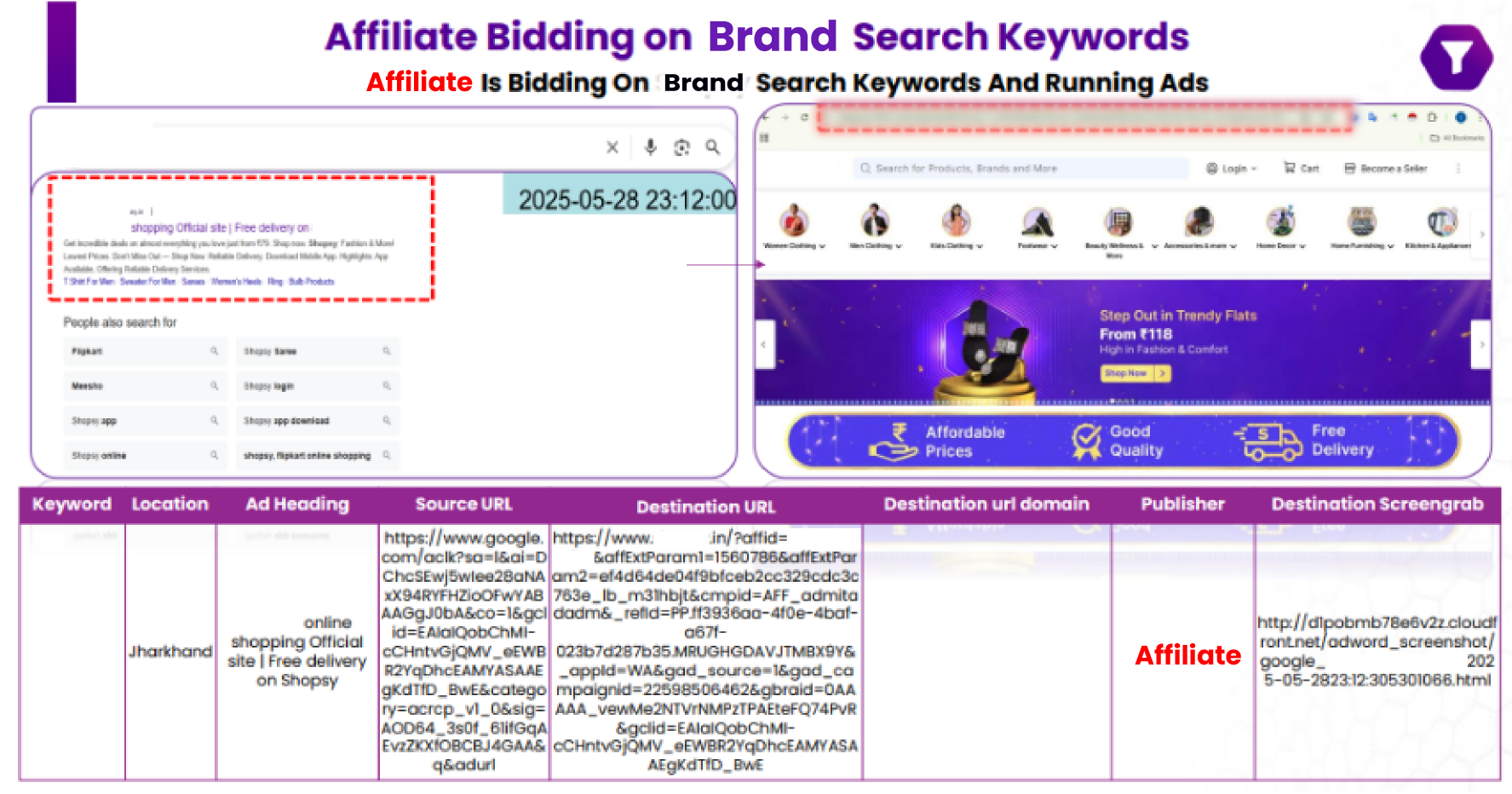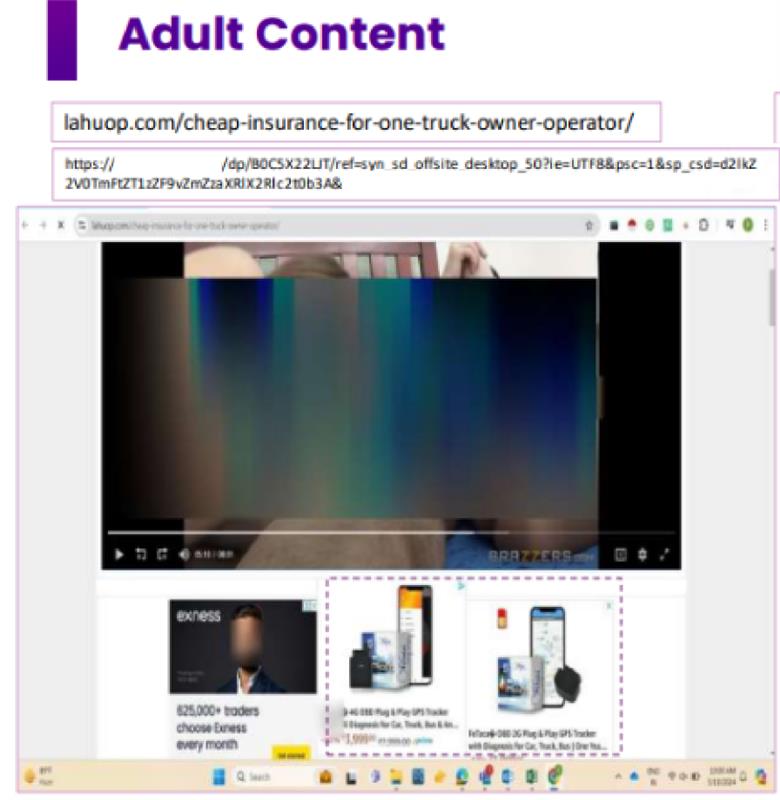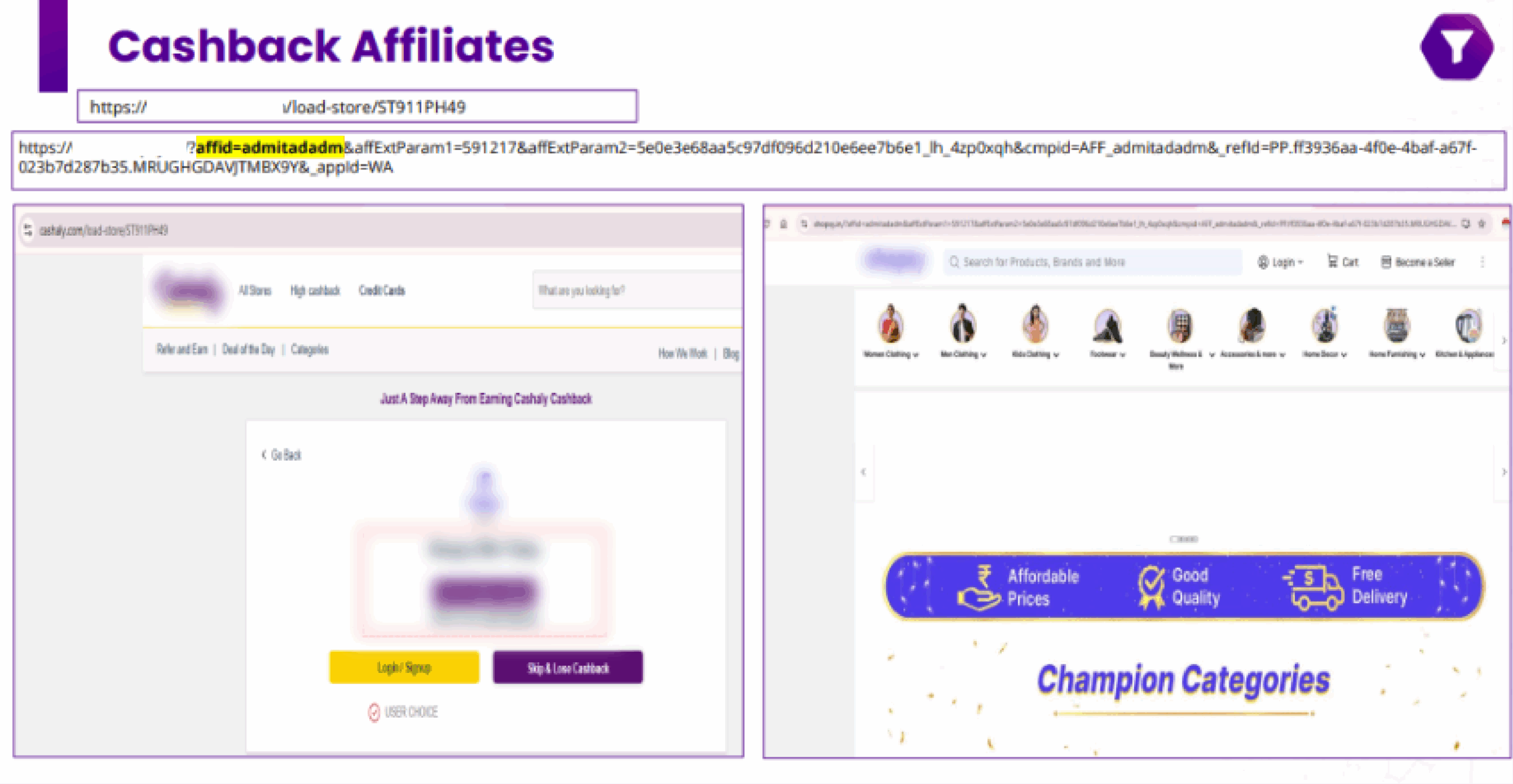The global affiliate market continues to expand at an annual growth rate of nearly 8%, with brands investing heavily in affiliate programs to drive performance and reach new audiences.
But here’s the catch — rising spend doesn’t always equal rising returns.
As affiliate programs scale, the need for transparency and accountability across every click, install, and conversion has become critical. Consider this scenario: one affiliate is driving a surge in installs, but downstream conversions remain flat. Without evidence of what’s happening behind the scenes, how do you explain this performance gap — let alone fix it?
This is where the disconnect lies. Dashboards may glow with inflated numbers, yet real business impact lags. Budgets leak, brand reputation is put at risk, and marketers are left with more questions than answers.
To truly maximize the value of affiliate partnerships, brands need visibility into traffic quality, confidence in partner compliance, and the ability to direct spend toward affiliates that actually drive growth.
In this blog, we’ll unpack:
- The most common affiliate fraud and violation techniques.
- Why traditional tracking often falls short.
- How brands can safeguard ROI with deeper monitoring and smarter optimization.
The Blind Spots You Can’t Ignore: Common Affiliate Fraud and Violation Techniques
Without active monitoring come hidden risks. As affiliate programs scale to include multiple partners, from influencers, coupon sites, and ad publishers, brands often lose visibility into where and how their campaigns are being run. And without visibility, small issues can quickly snowball into wasted budgets, poor-quality leads, and even damaged brand reputation.
Here are some common affiliate fraud techniques every marketer should know about, along with some real-world affiliate use cases detected by mFilterIt.
1. Brand Bidding
A major blind spot is when affiliates bid on your branded keywords. In such cases, you end up paying for customers who would have anyway reached you organically.
Example: A user searches for a brand name on Google and clicks on a sponsored ad from an affiliate pretending to be the brand’s official site. This results in a commission payout for a user who would have converted anyway.

Watch for: Inflated CPCs on brand-specific keywords and affiliate-attributed conversions that come mainly from branded queries.
Impact: You end up paying twice, once for the ad and again for affiliate commissions, with no added value.
2. Ads Placed on Harmful Sites
Sometimes affiliates place ads in environments that are completely misaligned with your brand values, such as adult sites, piracy platforms, MFA sites, or counterfeit marketplaces (in case of ecommerce brands).
Example: A family-oriented or financial service app being promoted via banner ads on explicit content sites, often completely unknown to the advertiser.

Watch for: Customer complaints or unexpected mentions of your brand in unsafe spaces.
Impact: Even one misplaced ad can damage years of earned trust, as audience perception is built basis the kind of content they see you besides.
3. Fraudulent Traffic
Fake clicks, bots, or incentivized traffic spikes from unfamiliar geographies or domains inflate numbers while delivering zero business impact and making further optimizations even more difficult.
Example: An affiliate running click farms that generate thousands of automated clicks on ad campaigns, resulting in high engagement but no actual sales or customer value.
Watch for: Sudden spikes in traffic or leads from unusual locations or sources that don’t align with real customer behavior.
Impact: Fraud distorts performance data, wastes ad spend, and even manipulates further optimizations.
4. Trademark Violations
Affiliates may misuse brand assets like trademarks, logo, images, tagline, etc, run ads in restricted regions, or push creatives that were never approved by the brand.
Example: An affiliate creates a fake offer banner using the brand’s official logo and runs display ads or push notifications directing users to another landing page.

Watch for: Sudden conversions from unrecognized sources.
Impact: It creates confusion and distrust among customers and weakens your brand message or identity.
5. Counterfeit & Fake Offers
Some affiliates drive sales through tactics that attract one-time buyers using deceptive offers or counterfeit promotions with no repeat value.
Example: A cashback banner offering ₹200 cashback for downloading an app that actually provides no such benefit, causing consumer frustration and support complaints.


Watch for: Affiliates with high conversion rates but low repeat purchase or retention.
Impact: Your reports may look positive, but customer lifetime value (CLV) stays weak.
Why Traditional or Manual Checks Aren’t Enough?
Affiliate payouts are based on performance. Marketers often rely on contracts, affiliate network agreements, and occasional audits to keep their programs in line. But in today’s real-time, ever-evolving digital ecosystem, and increasing use of AI, these safeguards fall short.
1. Contracts & T&Cs are reactive: They define what affiliates shouldn’t do but rarely prevent violations before damage occurs.
2. Manual audits are too slow: By the time discrepancies are spotted, affiliates may have already pocketed commissions and moved on.
3. Affiliates adapt quickly: What worked yesterday may already be replaced by new tactics designed to bypass outdated checks.
It is impossible to manually keep track of fraudulent tactics that affiliates use to earn commissions. That is why most brands are shifting towards a smarter data-driven affiliate monitoring strategy to safeguard their marketing budget and brand reputation before it hits the bottom line.
The Smarter Approach: Advantages of Using an Affiliate Monitoring Solution
While self-audits help you identify surface-level red flags, they often fall short when it comes to detecting sophisticated affiliate fraud and ensuring long-term compliance. By combining automation, data intelligence, and compliance checks, it offers brands a smarter way to manage affiliates and protect investments. Key benefits to the brand are:
Enhanced Transparency – Clear visibility into affiliate activities and contributions.
Improved ROI – Optimize affiliate spending by focusing on genuine, high-performing partners.
Brand Protection – Safeguard brand reputation through compliance monitoring.
Market Competitiveness – Stay ahead of competitors by leveraging advanced fraud detection and compliance tools.
Regulatory Compliance – Ensure adherence to global and local regulations to avoid legal penalties.
How mFilterIt Helps: Affiliate Monitoring Built for Control and Customization
As the channel-wise diversity and complexity of affiliate marketing campaigns grows, so does the need for the right layer of protection and monitoring. At mFilterIt, our advanced affiliate monitoring solution – EffCent, provides 360-degree visibility, control, and protection across the affiliate campaigns. Here’s how:
1. Proactive Monitoring
Our solution continuously scans the web and app ecosystem to uncover how affiliates are driving traffic. It detects non-compliant ads, creatives, and placements across channels before they cause long-term damage.
2. Custom Rules & Policies
Every brand has unique compliance needs. With EffCent by mFilterIt, you can define your own rules to find out specific use cases or violations against your brand, such as “brand bidding,” “push notifications,” or “incentivized traffic.” The system automatically validates affiliate activities against the defined rules.
3. Evidence-Based Reporting
We provide proof-based reporting with screenshots, URLs, and full placement trails that can be shared with affiliate networks or agencies to resolve disputes and take necessary actions.
4. Brand Safety Checks
It helps protect your brand reputation by flagging if any brand assets appear in unsafe environments, such as adult, piracy, or misinformation websites, ensuring your brand is never associated with reputational risks.
Customization as per unique brand requirements
What sets mFilterIt apart is our flexibility and customizable approach. We recognize that no two brands operate in the same way; that’s why our platform allows brands to:
- Monitor specific domains, traffic types, or affiliate models most relevant to their campaigns (e.g., influencers, native ads, search).
- Whitelist trusted affiliates or blacklist repeat violators to refine partner ecosystems.
- Set different levels of alerts, like instant notifications for high-risk violations versus daily summaries for low-priority checks.
- Integrates seamlessly into your internal compliance workflows, ensuring smooth escalation and resolution.
This customized approach gives brands full control, aligning protection with their brand requirements, campaign objectives, and regulatory requirements.
Final Thoughts
Affiliate marketing is supposed to multiply growth, not risks. With the right affiliate monitoring in place, you can scale confidently, knowing that every dollar is protected, every partner is compliant, and your brand reputation remains intact.
Want to see where your blind spots are? Get on a call with our experts, we’ll walk you through the areas where your affiliate strategy could be broken and how to fix the issue.




